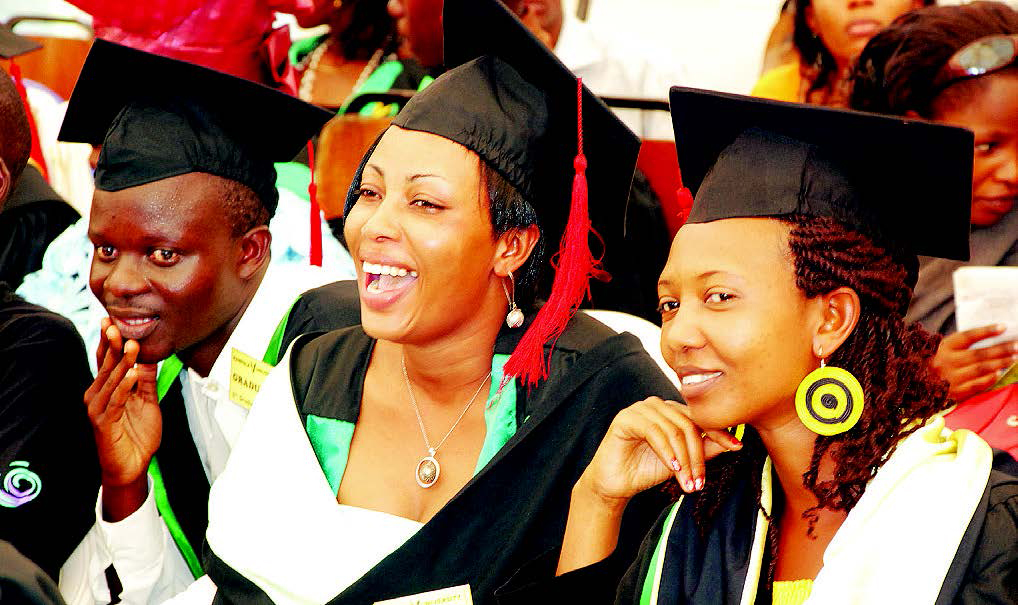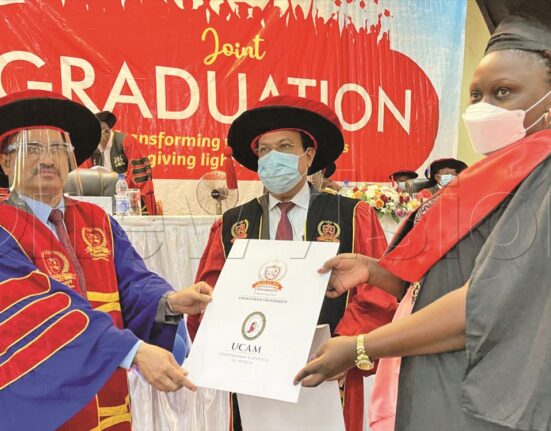By Stephen Ssenkaaba
Train a woman, a nation trained,” significantly reads an ageing signpost in front of Mary Stuart female students’ hall of residence at Makerere University.
It loudly tells us why it is important to send girls to school. Appearing before one of the only three women’s hall of residence in a university that has six male students’ halls, this signpost also reflects our society’s commitment to girl-child education as we celebrate International Women’s Day this Friday.
For many years, girls did not enjoy the privilege of attending university education, let alone stepping into school.
Several efforts have since been put in place to change this trend. Almost 50 years later, there are nearly as many girls as boys; in school. But this is just half the story. It is now 65 odd years from the time the first woman attended her first classroom lesson in Uganda, but we still mull over the real impact of girl-child education in this country.
SUCH A LONG WAY
Girl child education scraped through the 1950s, 60s and 70s. Even with the opening of girls’ schools such as Gayaza Junior and Gayaza High School (1905), Mt. St. Mary’s college Namagunga (1942), many girls were unable to go to school; largely because of prevailing unfavourable societal cultural attitudes toward educating girls.
“This was a time of intractable cultural attitude that girls were supposed to be homemakers; people to be married off and produce children,” says Namirembe Bitamazire, former minister of education.
Bitamazire was among the lucky girls to go to school in her time. “There were only 12 of us in class in 1949,” she recalls.
The first attempts at promoting girl child education in Uganda were made by the 1963 Castle Commission. “The Commission highlighted the need to expand girls’ education in the country,” notes Doris Kakuru Muwhezi, in her paper on gender-sensitive education policy and practice in Uganda.
However, very little progress was made as the Government Education Plan (1971/2– 1975/6) formed to implement the suggestions did not have the manpower and facilities to accomplish the job.
Serious reforms to boost girl-child education resumed with the Government Education Policy Review Committee of 1987 which sought to among other issues address inequalities in our education system.









Leave feedback about this